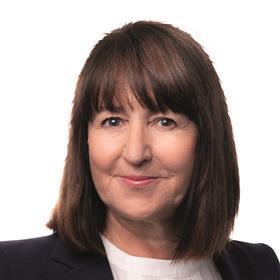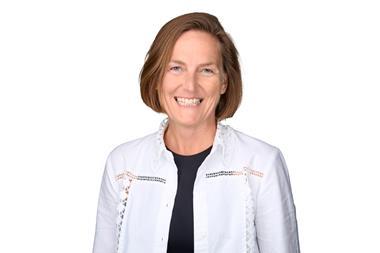Although many of today’s real estate firms are on a pathway towards managing their environmental impact, the route to managing social impact is at a very different stage.

Some companies have been considering the ‘S’ in ESG for years, deliberately driving social impact into their DNA and setting standards for best practice; but many are just starting out, grappling with the range of complexities involved – or maybe even just ticking boxes.
To be effective and authentic and to avoid ’s-washing’, social impact must be genuinely embedded into a company’s strategy, culture and decision-making process. Yet uncertainty over what positive social impact involves operationally, the differences in definitions of social value and social impact, a lack of standardised industry measurement tools and there being no immediate burning platform to emphatically make the business case for investment mean this isn’t easy. As a result, it’s hard to know how real estate is performing.
Beyond a building’s boundaries, the social cohesiveness, community spirit, economic activity and personality of a place will influence real asset success. And just as the return on public realm investment was once considered murky but is now recognised, the commercial as well as ethical rationale for community investment is entering into discussion, too.
In a year of spiralling inflation and a cost-of-living crisis, and the acute challenges these present for broad sections of society, and as year on year, more businesses are starting to assess their positive environmental and social, alongside financial, value, it’s timely to investigate where real estate firms have got to on their social impact journey.
I recently joined The Good Economy as head of real estate social impact, and I am going to be asking these questions of funds, property companies and individuals from across the sector to understand the importance our industry is placing on social impact to business delivery. I will be looking to establish what stage a cross section of firms are at in their social impact strategies, their current goals and how they measure their contribution.
I could hypothesise that we are about five years behind the practises flowing from the environmental imperative, but with increasing attention, social impact is catching up. There are already clear pockets within the industry, and the green shoots of intentional place-based social impact benefiting society at large are evident. This exercise is an opportunity to take stock of real estate’s social impact delivery to understand the critical success factors and where change is needed most.
Few – if any – industries make a difference to people’s everyday lives in the way the built environment does. As an industry we are uniquely placed to create better places that influence better lives for people who live or work within and around them. With so much economic and political upheaval playing out, this is the industry’s opportunity to stand out as a force for good in society.
Vivienne King is head of real estate social impact at advisory firm The Good Economy






























1 Readers' comment